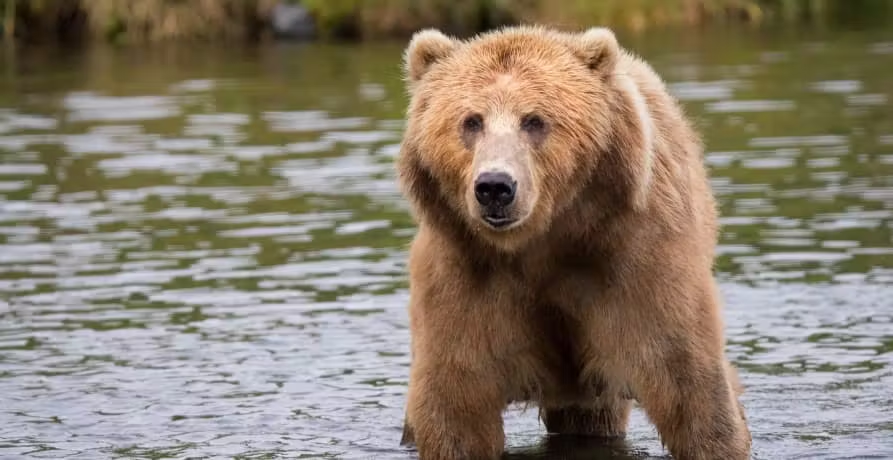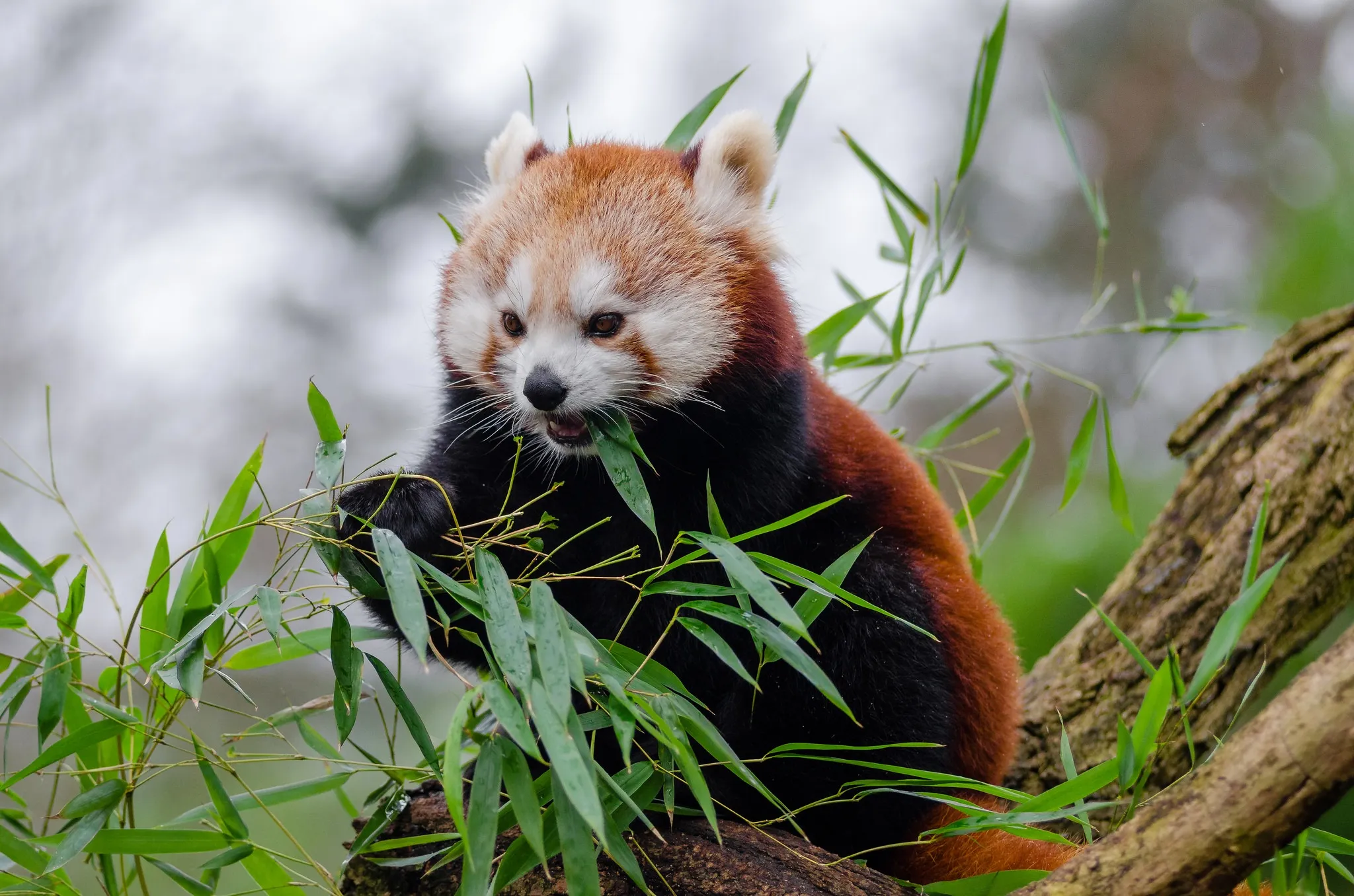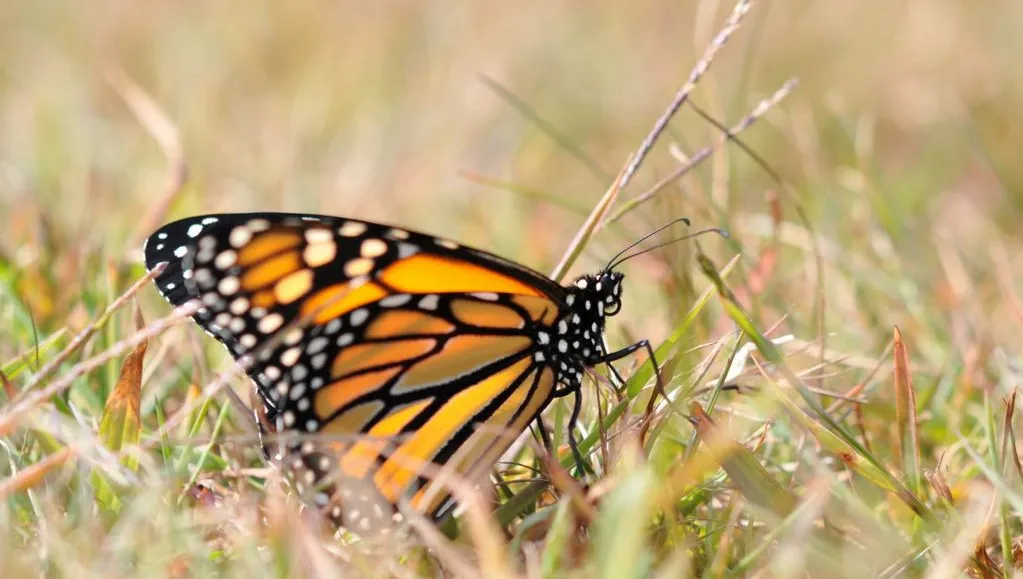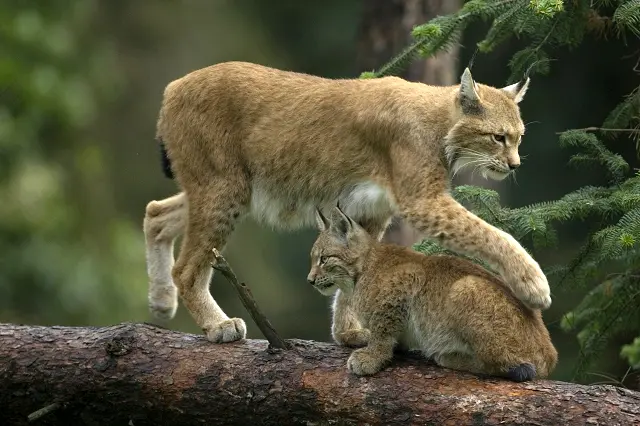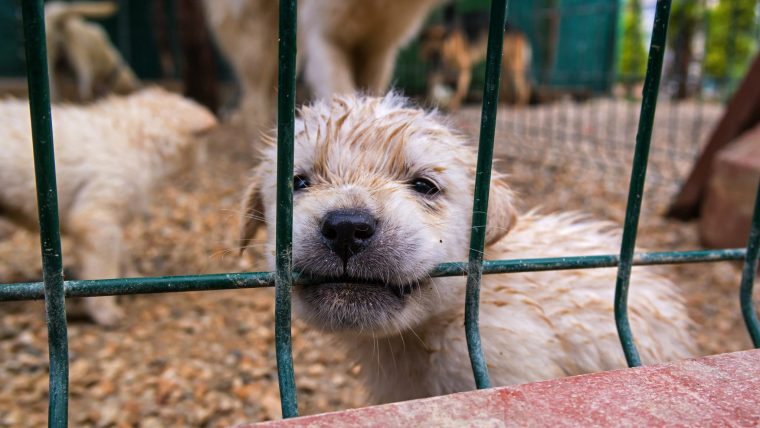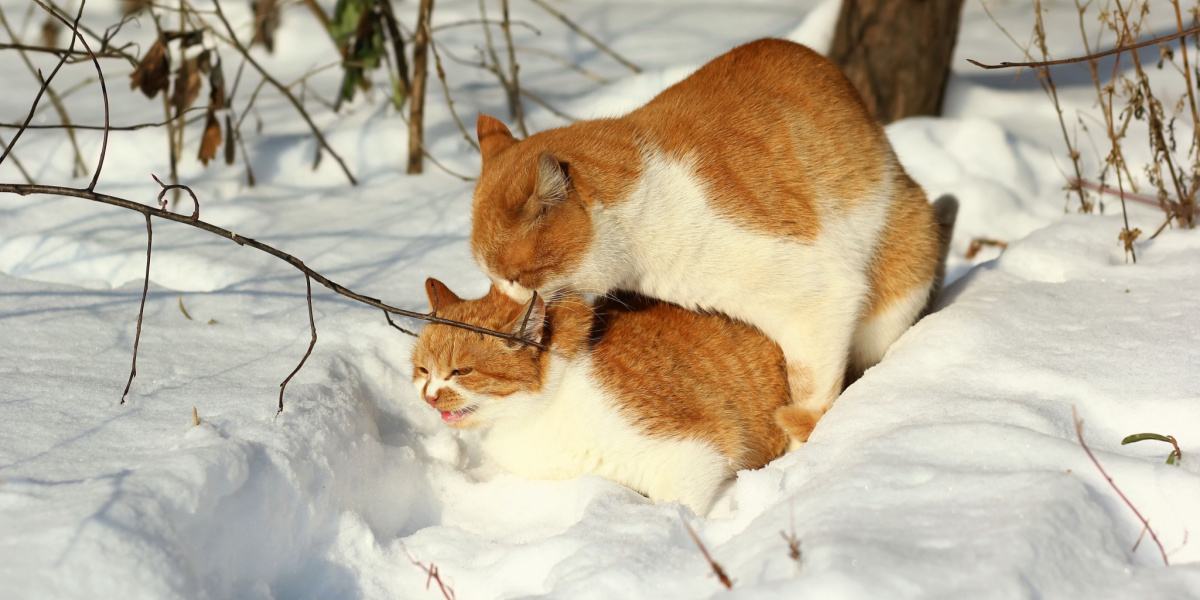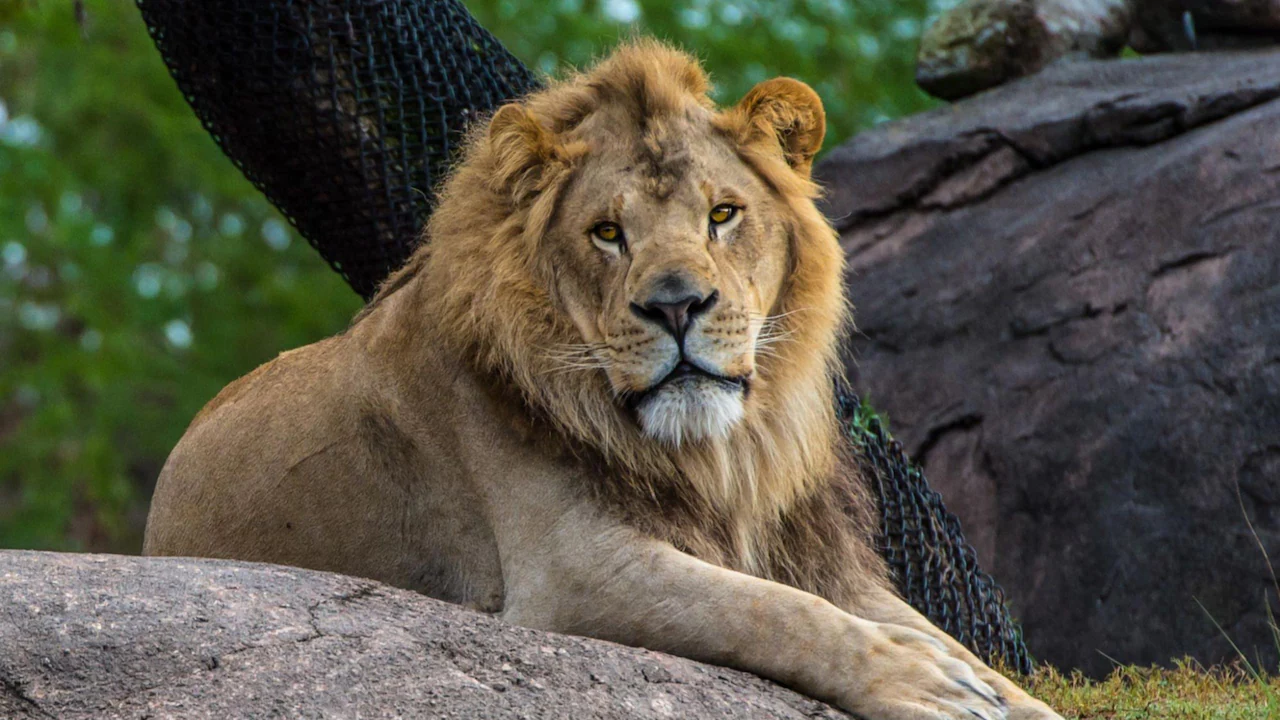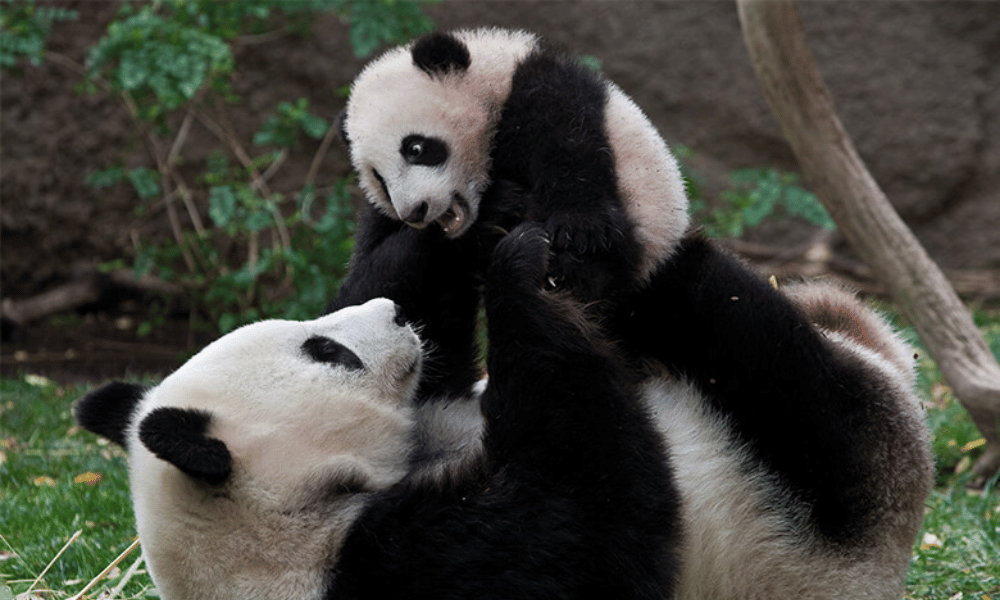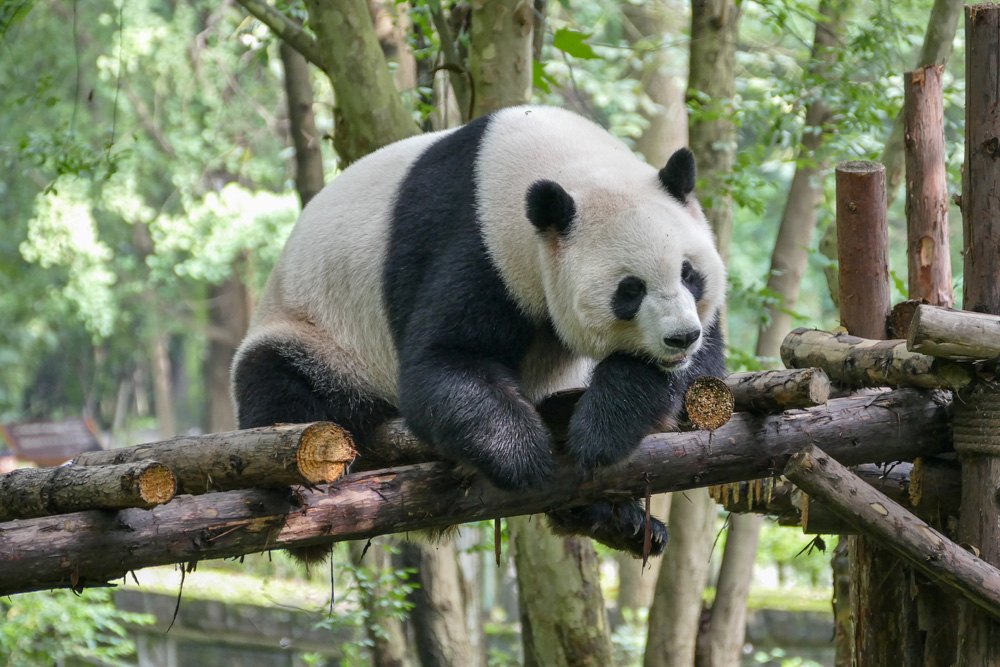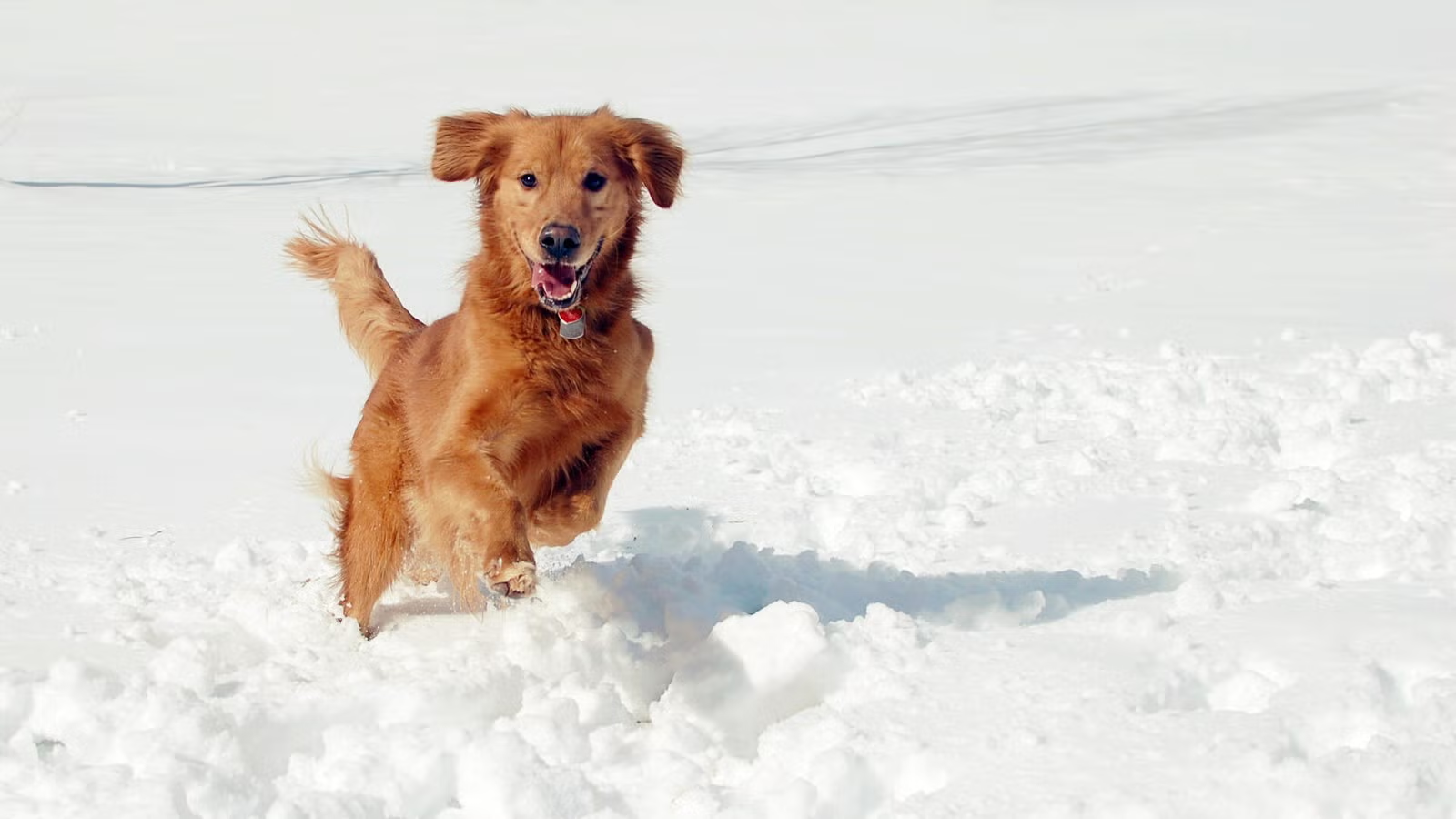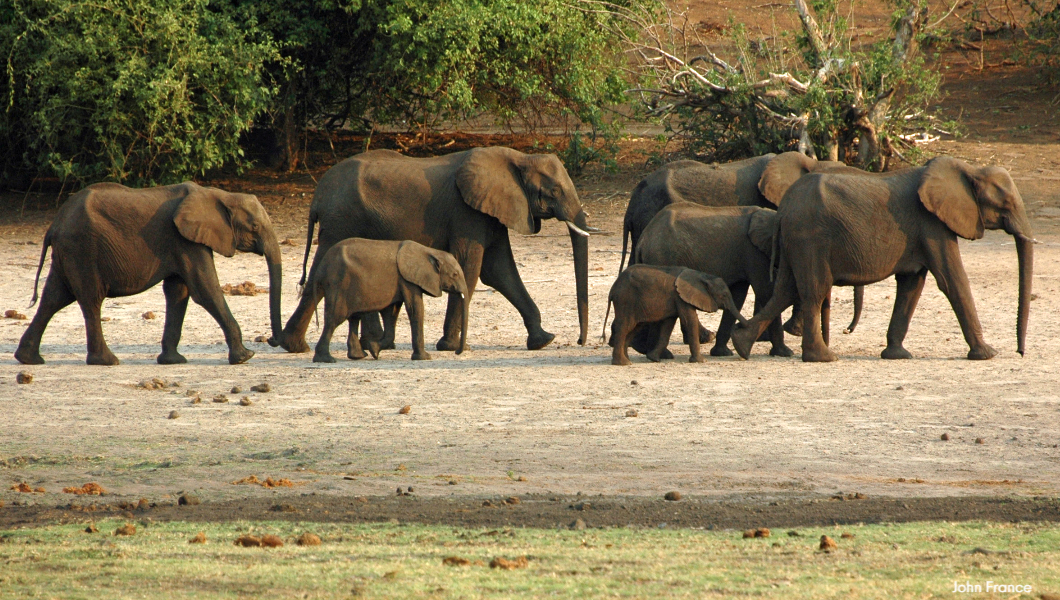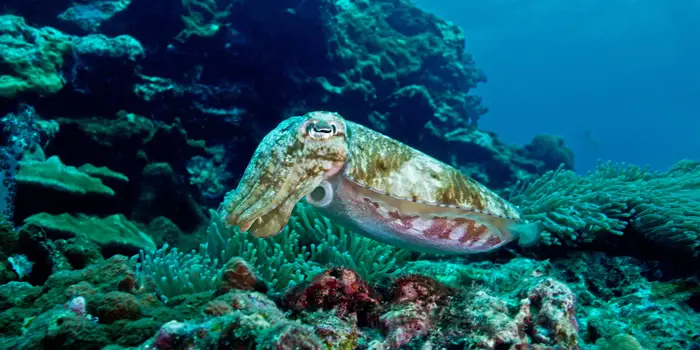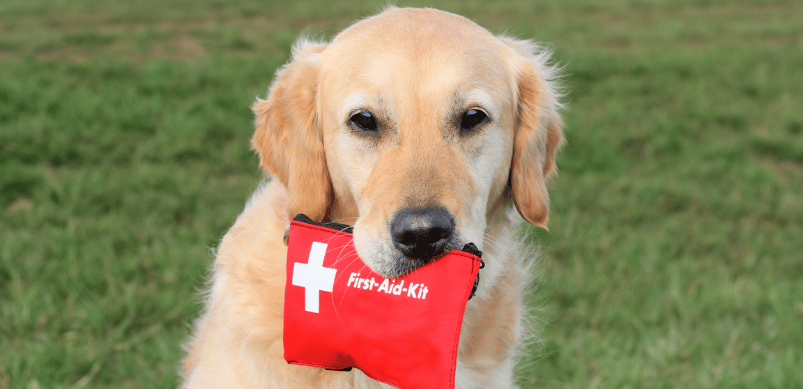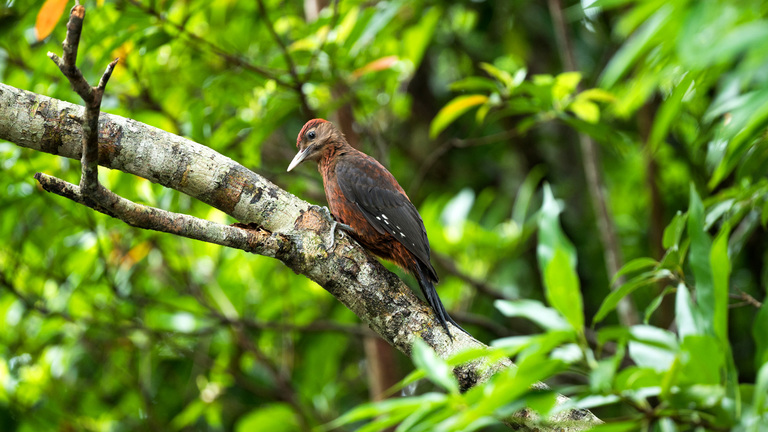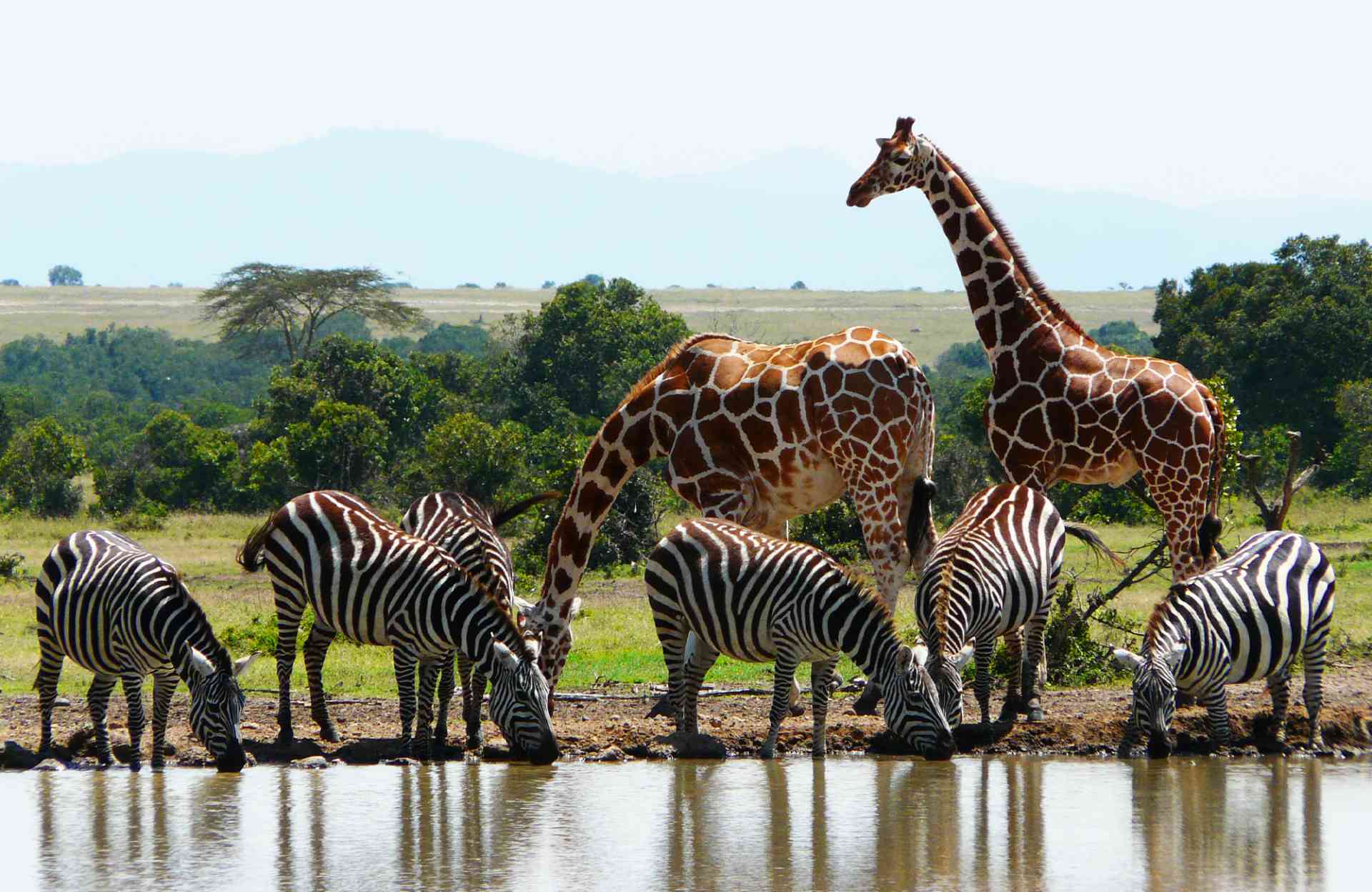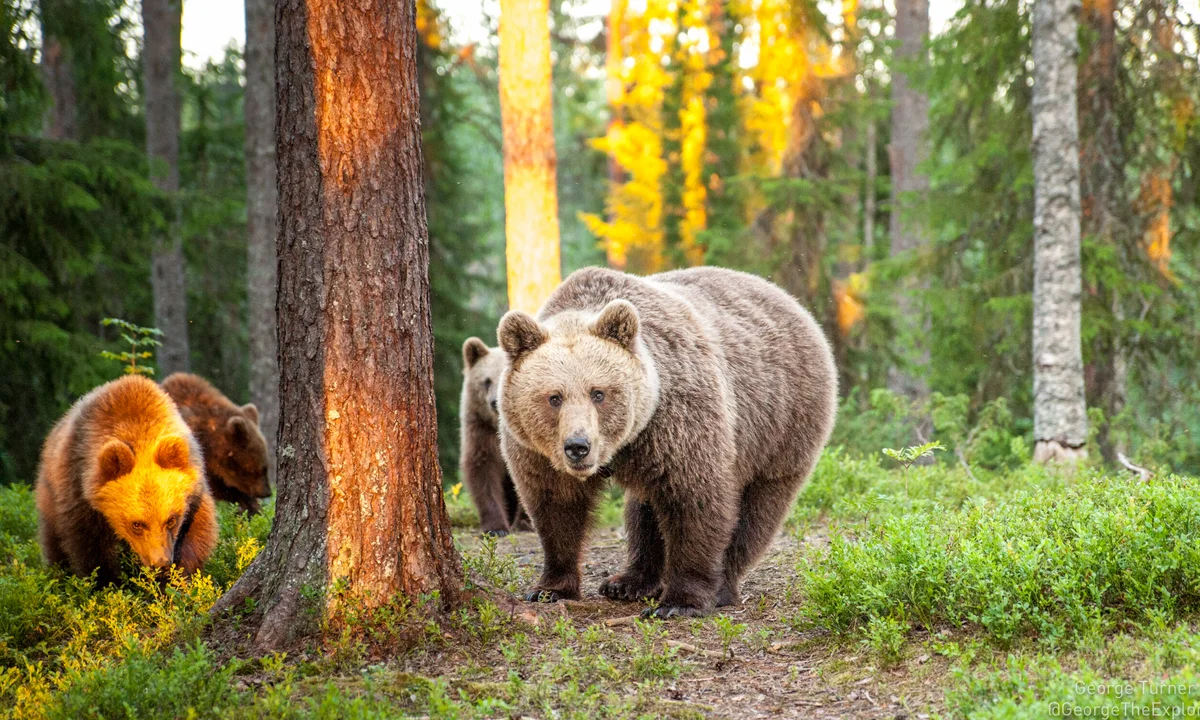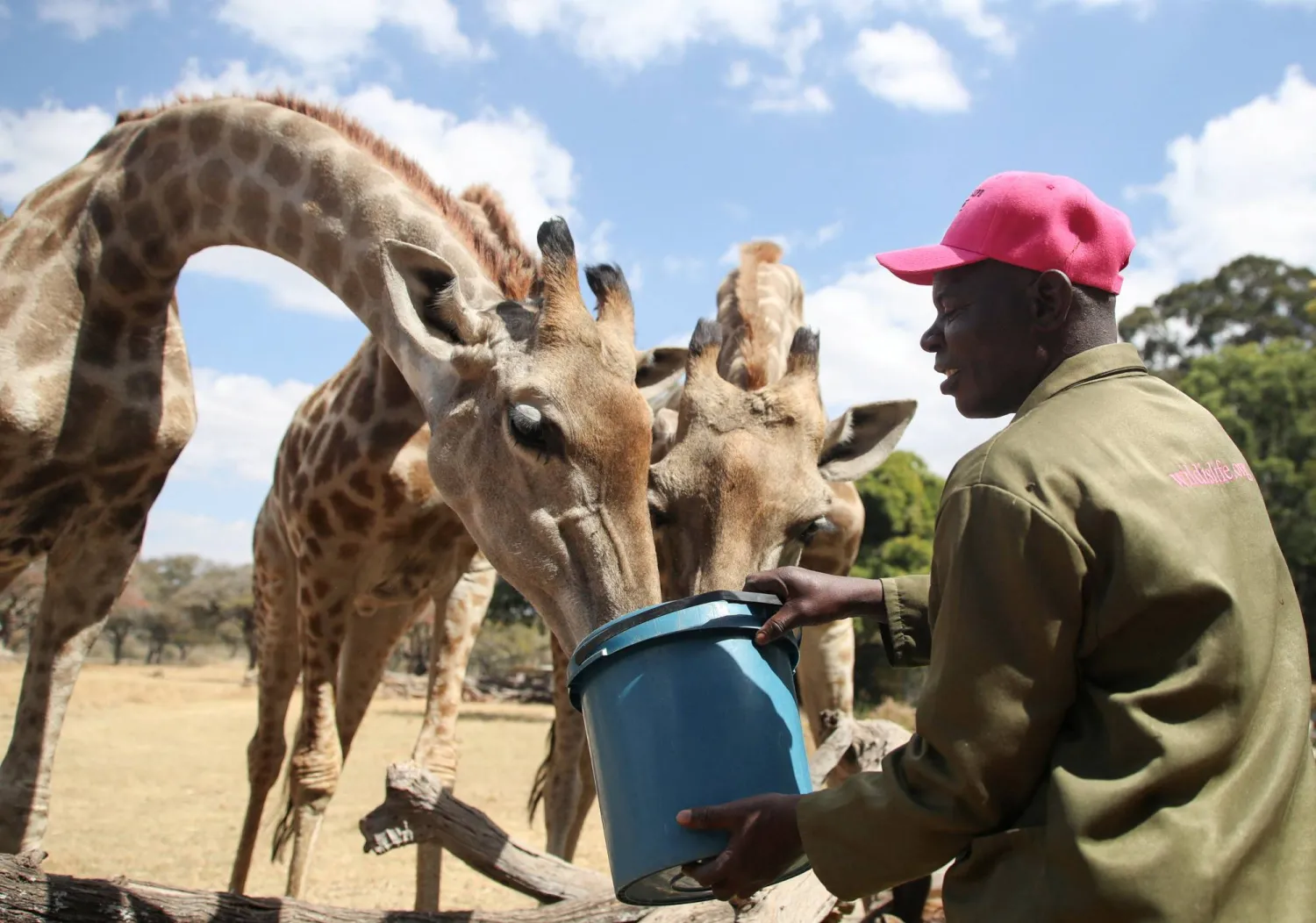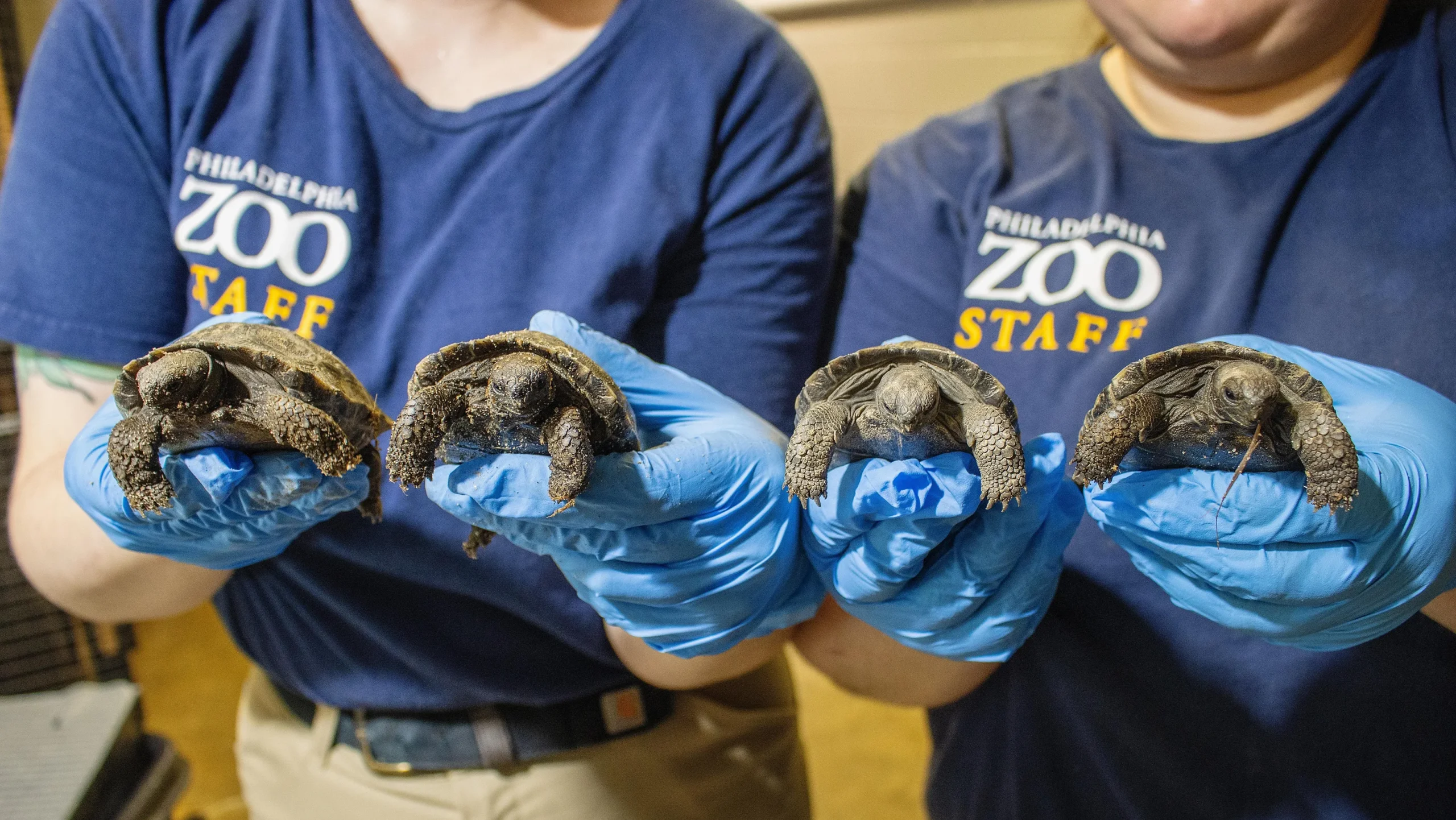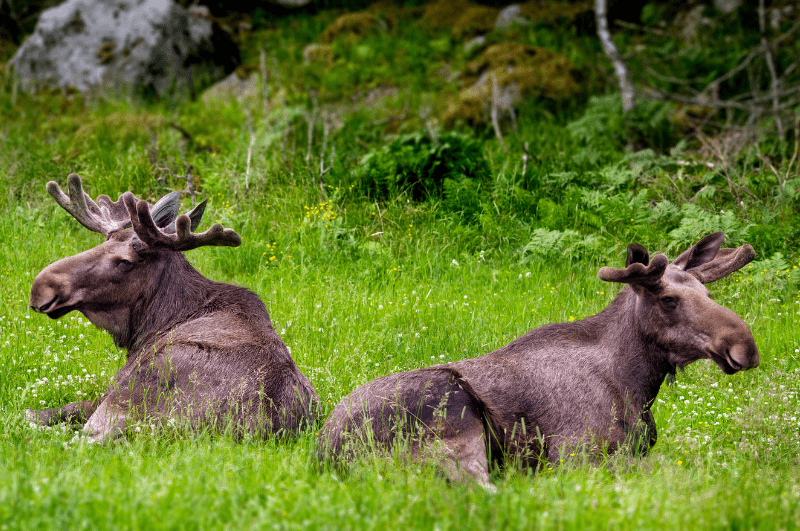A New Dawn for Europe’s Wildlife
Imagine walking through a European forest, the air alive with birdsong, the rustle of leaves revealing a glimpse of a deer or perhaps even a wolf. This scene, once a fading memory in many parts of Europe, is becoming reality again. After centuries of decline due to hunting, habitat loss, and industrialization, Europe’s wildlife is staging a remarkable comeback. Thanks to decades of dedicated conservation efforts, species like the Eurasian beaver, European bison, and grey wolf are reclaiming their place in the continent’s ecosystems, proving that nature, when given a chance, is resilient. This article dives into the heart of this inspiring recovery, exploring the successes, challenges, and what it means for the future of Europe’s wild spaces.
The Historical Context: A Continent Stripped of Its Wild Heart
The Decline of Wildlife
For centuries, Europe’s wildlife faced relentless pressures. Industrialization carved up forests, wetlands were drained for agriculture, and large mammals like bears and wolves were hunted to near extinction. By the early 20th century, species like the European bison were gone from the wild, with only a handful surviving in captivity. The Eurasian beaver, once widespread, was reduced to a few thousand individuals. The story was grim, but it set the stage for one of conservation’s greatest triumphs.
The Turning Point
In the mid-20th century, a shift in mindset began. Conservationists, scientists, and policymakers started advocating for wildlife protection, driven by a growing awareness of biodiversity’s role in healthy ecosystems. The establishment of legal protections, such as the EU Birds and Habitats Directives, marked a turning point, laying the groundwork for recovery efforts that would span decades.
Key Players in the Comeback
The Eurasian Beaver: Nature’s Engineer
The Eurasian beaver, often called nature’s engineer, has made one of the most remarkable recoveries. Once hunted to near extinction for its fur and castoreum, its population plummeted to around 1,200 by the early 20th century. Today, over 1.2 million beavers thrive across Europe, thanks to reintroduction programs and habitat restoration. Their dam-building activities create wetlands that support countless other species, proving their comeback is a win for entire ecosystems.
The European Bison: Back from the Brink
The European bison, Europe’s largest land mammal, was extinct in the wild by the 1920s. Through captive breeding and reintroduction efforts, particularly in Poland’s Białowieża Forest, their numbers have grown to over 7,000. These majestic creatures now roam forests in countries like Romania and Belarus, symbolizing the power of targeted conservation.
The Grey Wolf: A Controversial Comeback
Wolves, often vilified in folklore, faced centuries of persecution. Yet, they’ve recolonized areas across Europe, from the Netherlands to Italy, with populations now exceeding 17,000. Coexistence measures, like livestock guarding dogs and compensation for farmers, have been key to their success, though conflicts with humans remain a challenge.
Vultures and Birds: Soaring Again
Europe’s skies are also witnessing a revival. Griffon vultures, once decimated by poisoning and habitat loss, are recovering due to EU legislation and intensive conservation. Bird species like the barnacle goose and Dalmatian pelican are also thriving, with populations growing thanks to protected habitats and legal safeguards.
Factors Driving the Recovery
Legal Protections and Policy Changes
The EU’s Birds and Habitats Directives have been game-changers, providing legal frameworks to protect species and their habitats. Bans on hunting, restrictions on land use, and the creation of protected areas like Natura 2000 sites have given wildlife room to recover. These policies reflect a broader societal shift toward valuing biodiversity.
Reintroduction and Population Support
Reintroduction programs have been pivotal. Organizations like Rewilding Europe and the Zoological Society of London (ZSL) have spearheaded efforts to bring species back to their historical ranges. For example, the European Wildlife Comeback Fund supports rapid-response reintroductions, such as the recent release of Eurasian lynx in Western Pomerania to boost genetic diversity.
Habitat Restoration and Connectivity
Restoring habitats and creating wildlife corridors have allowed species to reclaim lost territories. Rewilding Europe’s initiatives, like restoring free-flowing rivers and connecting fragmented habitats, have been crucial. These efforts ensure animals can move freely, find mates, and access resources, fostering sustainable populations.
Public Support and Coexistence
A growing willingness among Europeans to live alongside wildlife has been vital. Educational campaigns and coexistence measures, such as compensating farmers for livestock losses to wolves, have reduced conflicts. In the Central Apennines, efforts to help communities coexist with Marsican brown bears show how human-wildlife harmony can be achieved.
Success Stories: A Closer Look
Białowieża Forest: A Bison Haven
Poland’s Białowieża Forest, one of Europe’s last primeval forests, is a shining example of conservation success. Once devoid of bison, it now hosts thriving populations, thanks to decades of breeding and reintroduction. Visitors to the forest can witness these giants grazing in their natural habitat, a testament to what’s possible when conservation is prioritized.
The Danube Delta: A Birdwatcher’s Paradise
The Danube Delta, spanning Romania and Ukraine, is a hotspot for bird recovery. Species like the Dalmatian pelican and great white egret have seen population surges due to wetland restoration and anti-poaching measures. Educational camps in the region are inspiring the next generation to value these ecosystems.
The Velebit Mountains: Vultures Take Flight
In Croatia’s Velebit Mountains, rewilding efforts are supporting vulture populations. Griffon and cinereous vultures, once on the brink, are soaring again, thanks to targeted conservation and ecotourism initiatives that fund further recovery efforts. These majestic birds are a flagship for healthy ecosystems.
Challenges to Sustained Recovery
Human-Wildlife Conflict
As wildlife returns, conflicts arise. Large carnivores like wolves and bears are often seen as threats to livestock, leading to tensions with farmers. In 2023, debates over wolf populations in Europe sparked heated discussions, with some calling for relaxed protections. Coexistence strategies, like those in Sweden’s wolverine compensation scheme, are critical to balancing human and wildlife needs.
Habitat Fragmentation
Despite progress, many European landscapes remain fragmented. Urbanization, agriculture, and infrastructure development continue to limit wildlife movement. The EU’s goal to restore 25,000 km of free-flowing rivers by 2030 is a step toward addressing this, but more investment is needed.
Climate Change and Emerging Threats
Climate change poses a growing threat. Rising temperatures, wildfires, and changing precipitation patterns can disrupt habitats. For example, increased tick populations due to warmer climates are affecting wildlife and human health. Conservationists must adapt strategies to ensure species resilience.
Patchy Recovery
Not all species are thriving. The Eurasian otter and cinereous vulture have seen range contractions in some areas, and only 27% of assessed species in Europe have a good conservation status. Continued monitoring and adaptive management are essential to address these gaps.
The Broader Impact of Wildlife Recovery
Ecosystem Services
Healthy wildlife populations do more than look impressive—they drive ecosystem functionality. Beavers create wetlands that store carbon and purify water. Large herbivores like bison reduce wildfire risks by grazing vegetation. These services benefit both nature and people, from flood prevention to climate mitigation.
Economic and Social Benefits
Wildlife recovery boosts local economies through ecotourism. In Croatia’s Velebit Mountains, tourism centered on vultures and other wildlife supports communities while funding conservation. Additionally, reconnecting with nature improves human well-being, fostering pro-environmental behavior.
A Model for Global Conservation
Europe’s success offers lessons for the world. The combination of legal protections, reintroductions, and public engagement shows that even heavily populated regions can restore biodiversity. This model is inspiring efforts in places like Africa and South America, where species face similar threats.
Comparing Conservation Approaches
| Approach | Pros | Cons |
|---|---|---|
| Legal Protections | Enforceable, widespread impact, long-term stability | Slow to implement, requires political will |
| Reintroduction Programs | Rapid population recovery, targeted species focus | Costly, complex logistics, potential for human-wildlife conflict |
| Habitat Restoration | Benefits multiple species, improves ecosystem health | Time-intensive, requires large-scale coordination |
| Coexistence Measures | Reduces conflict, builds public support | Needs ongoing funding, may not fully eliminate tensions |
Legal Protections vs. Reintroduction
Legal protections, like the EU’s directives, provide a broad safety net but can take years to show results. Reintroduction programs, while faster, demand significant resources and careful planning to avoid ecological imbalances. Both are essential, but their success depends on local context and community buy-in.
Tools and Resources for Supporting Conservation
Best Tools for Engagement
- WWF’s Wildlife Adoption Program: Support species recovery through symbolic adoptions (e.g., wolves, bison). Visit WWF Europe for details.
- Rewilding Europe’s Donation Platform: Fund specific rewilding projects, like vulture recovery. Check Rewilding Europe.
- Citizen Science Apps: Apps like iNaturalist allow you to report wildlife sightings, contributing to monitoring efforts.
Where to Get Involved
- Volunteer with Local NGOs: Organizations like European Wildlife offer opportunities to participate in habitat restoration or monitoring.
- Join Rewilding Networks: The European Rewilding Network connects enthusiasts with projects across the continent.
- Visit Rewilding Sites: Plan a trip to places like the Danube Delta or Białowieża Forest to support ecotourism.
People Also Ask (PAA)
What species are recovering in Europe?
Species like the Eurasian beaver, European bison, grey wolf, and griffon vulture are seeing significant population growth due to conservation efforts.
Why is wildlife recovery important?
Wildlife recovery restores ecosystem balance, supports services like carbon storage and water purification, and boosts local economies through tourism.
How can I support wildlife conservation in Europe?
You can donate to organizations like Rewilding Europe, volunteer with local NGOs, or participate in citizen science projects to monitor species.
What challenges do recovering species face?
Human-wildlife conflict, habitat fragmentation, and climate change remain significant hurdles, requiring ongoing management and public support.
FAQ Section
How have European conservation efforts succeeded?
Decades of legal protections, reintroduction programs, and habitat restoration have led to population increases for species like beavers and bison. Collaborative efforts by organizations like ZSL and Rewilding Europe, combined with public support, have been key.
What role does rewilding play in wildlife recovery?
Rewilding restores natural processes by reintroducing keystone species and removing barriers like dams. It enhances ecosystem health, as seen in the Danube Delta’s bird recovery and the bison’s return to Białowieża Forest.
Are there any downsides to wildlife recovery?
Yes, human-wildlife conflicts, particularly with large carnivores like wolves, can strain relations with farmers. Coexistence measures and compensation schemes help, but tensions persist in some areas.
How does climate change affect wildlife recovery?
Climate change disrupts habitats through rising temperatures, wildfires, and invasive species. Conservation strategies must adapt to ensure species like otters and vultures remain resilient.
Can I visit areas where wildlife is recovering?
Absolutely! Places like the Velebit Mountains and Białowieża Forest offer ecotourism experiences that support conservation while letting you witness wildlife recovery firsthand.
The Road Ahead: Sustaining the Momentum
Europe’s wildlife recovery is a beacon of hope in a world facing biodiversity loss. The numbers tell a powerful story: Eurasian beavers up 167-fold, bison populations 30 times larger than in 1960, and wolves reclaiming vast territories. But the work is far from done. Scaling up rewilding, addressing climate threats, and fostering coexistence will be critical to ensuring these gains endure. As someone who’s wandered through Europe’s forests and felt the thrill of spotting a deer or hearing a wolf’s howl, I can say it’s worth the effort. By supporting conservation, whether through donations, volunteering, or simply spreading the word, we can all play a part in keeping Europe’s wild heart beating strong.
